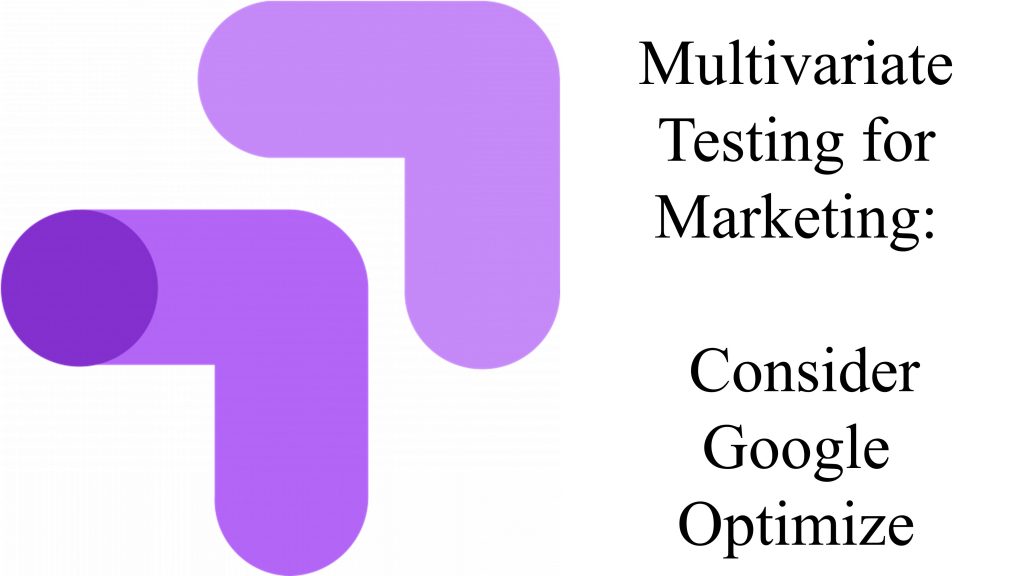
If you’d like to learn how to do multivariate testing, Google Optimize is a good tool: it’s free and well-established.
NOTE: Different definitions of these (split-testing and multivariate testing) may use slightly different terminology/definitions than what I use here, which can lead to confusion, so just keep that in mind.
Just keep this in mind: A/B (split) testing, you’re testing 2. In multivariate, you’re testing 3 or more.
(Don’t let me confuse you with the terms elements, variables, or variations. Just keep in mind that with testing overall, you’re testing 2 or things…that’s all.)
But first, I’ll start you from the beginning, by asking the starting question:
What Is Multivariate Testing?
My definition would differ slightly from the one proposed in the tweet above.
The tweet above says, “two or more elements,” but personally, I’d say “three or more elements,” because two elements would be A/B testing, or split testing.
And even then, I’d go further to say that you’re not testing two elements per se, but rather, two variations of the same element.
(I’ll explain perfectly below.)
What Is A/B (Split) Testing?
A/B (split) testing is where you test 2 variations of the same element, or variable.
So, let’s suppose you wanted to design an e-commerce page, and you wanted to see if changing the color of your “Buy” button would result in an increase in conversions.
So, the element you’re testing would be the “Buy” button, and since this is split-testing, there’s be two variations of the element your testing: Variation A would be orange, and Variation B would be red.
So, the testing element is the “Buy” button, the variations of that element would be Variation A (orange), and Variation B (red).
Okay, So…What Is Multivariate Testing?
Since A/B (split) testing is the testing of two variations of the same element/variable, you can say that multivariate testing is the test of….remember what I said?
“Three or more elements,” or, to be a bit more refined: “three or more variations of one element.”
And, depending on how complex you want to take it, you can do testing of different combinations of variables…and variations of those variables.
You can learn more at the Optimize Resource Hub.
While it’s probably not the only platform–and maybe you might find one that suits your team better–Google Optimize is a good option to begin multivariate testing with.
One reason for this is that you can usually combine different Google platforms together to get more data than one alone may provide.
For example, you can install Google Optimize with Google Tag Manager.
Finally, click here to see Google’s page on how to conduct a multivariate test.
I hope this article has shown you that, when it comes to multivariate testing, Google Optimize is a platform to consider.
Source: Google Analytics Twitter channel